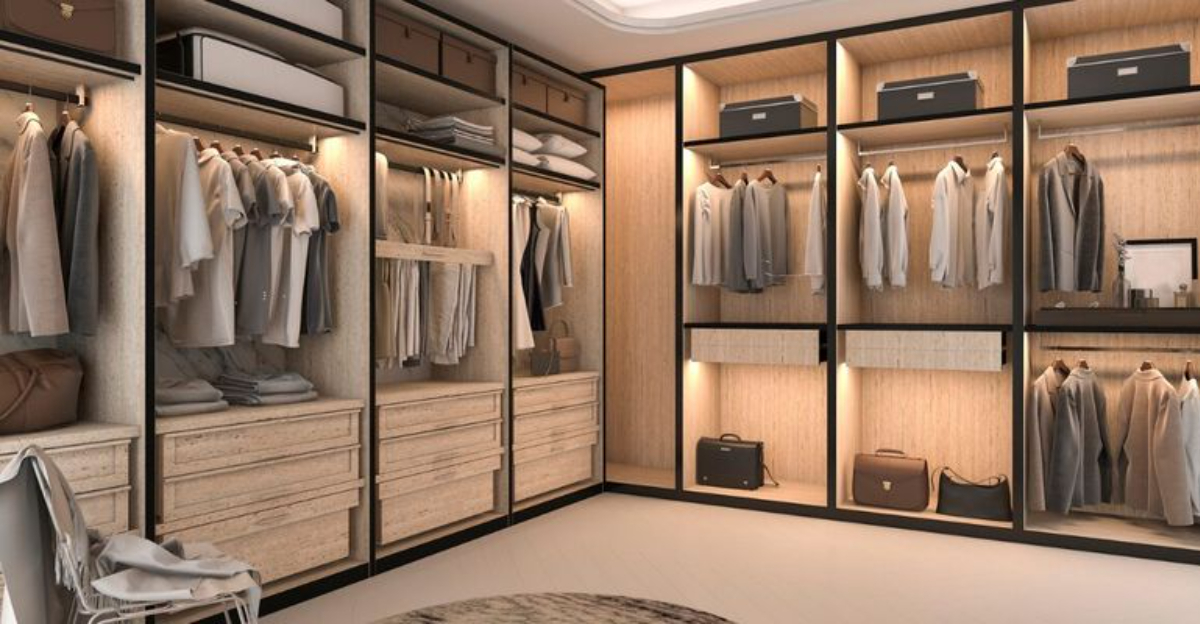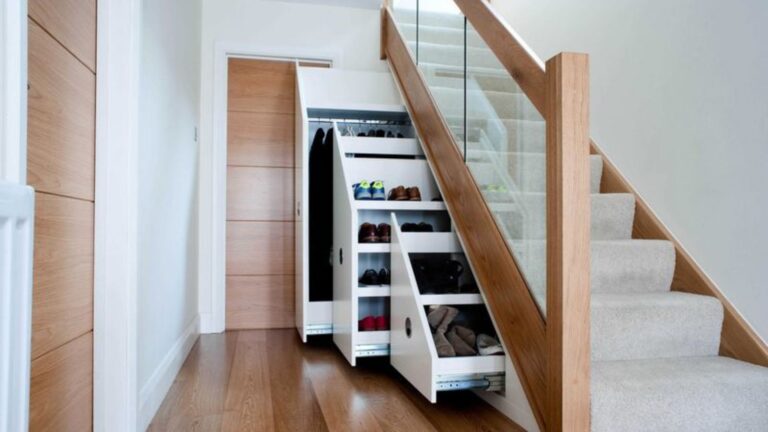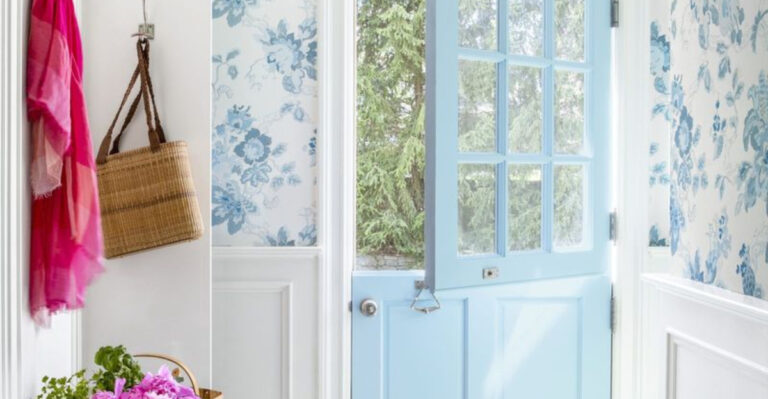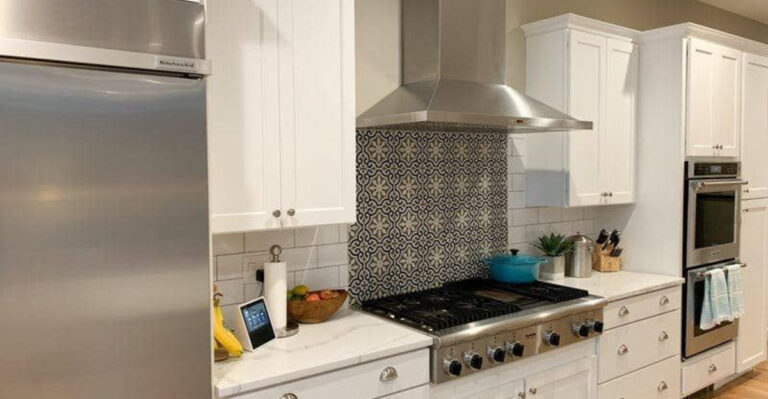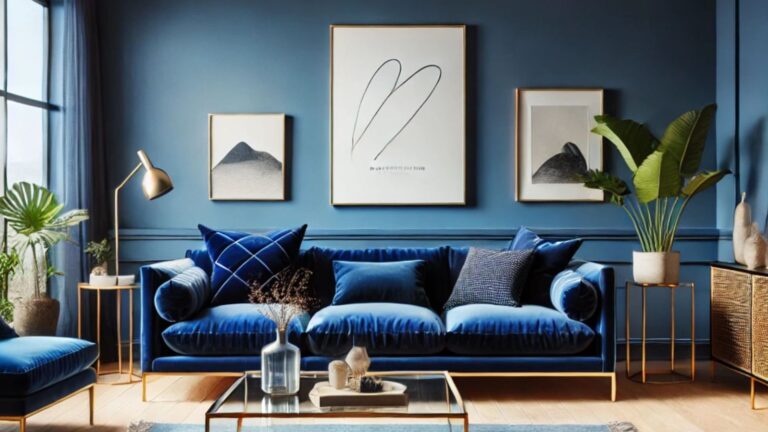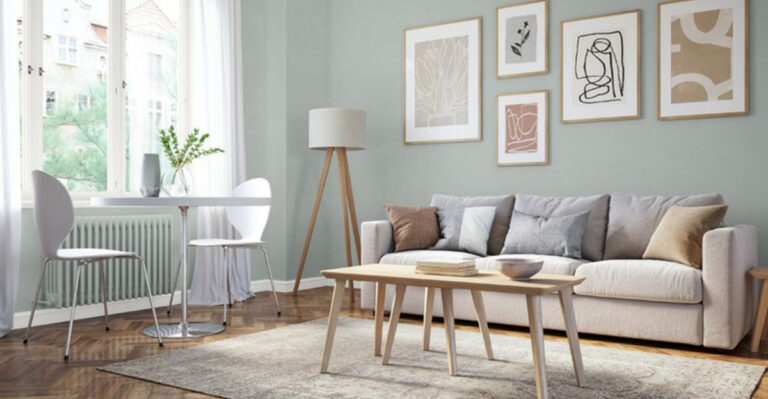15 Renovation Projects To Never Spend $10K On (Plus 5 Even Worse Investments)
I’ve definitely fallen into the trap of thinking every home upgrade is a good investment, until I realized some renovations just don’t pay off. It’s easy to get swept up in the excitement of a big project, but not all improvements actually add value when it’s time to sell.
Some just drain your savings and leave you wondering where the money went. If you’re dreaming up your next home makeover, it’s worth taking a step back. These are the pricey renovation projects I’ve learned to avoid, and trust me, your wallet will thank you later.
1. Luxury Laundry Room Upgrades
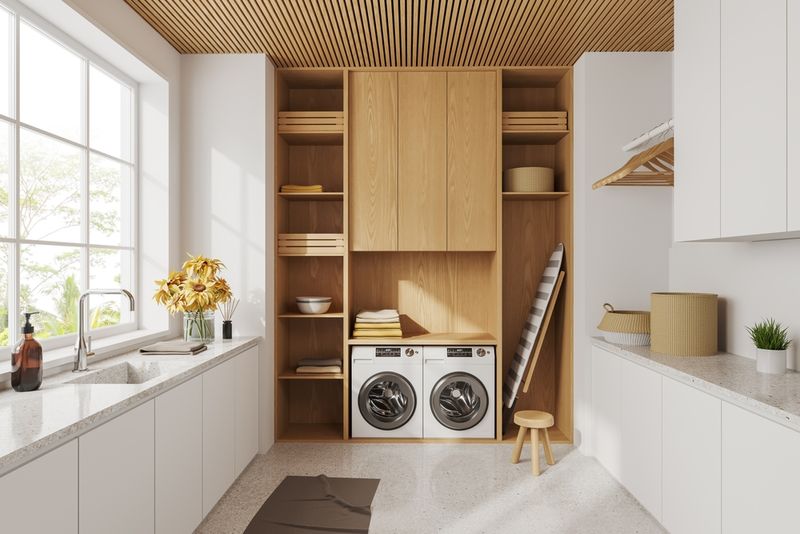
Fancy washing machines with smartphone connectivity and custom cabinetry might seem awesome, but they’re basically throwing money down the drain. Most homebuyers simply want functional laundry spaces.
Those marble countertops for folding clothes? Nobody’s impressed enough to pay extra for them later. Save your cash and focus on good lighting and efficient storage solutions instead.
2. High-End Outdoor Kitchens
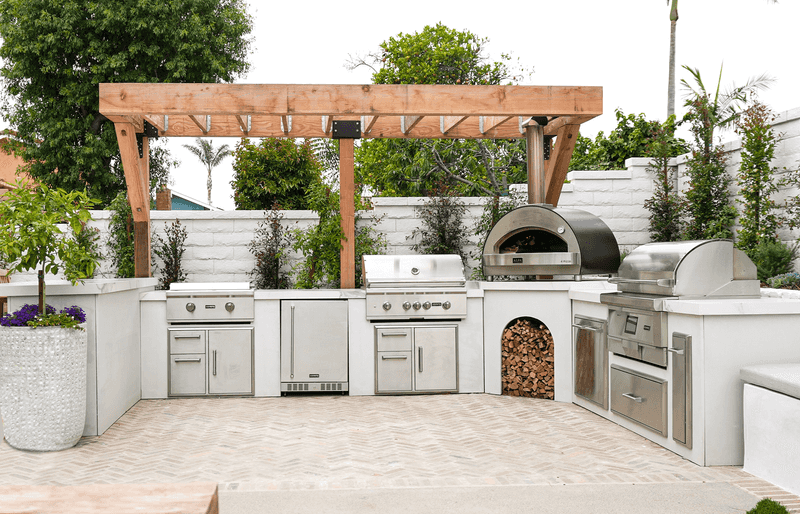
Weather brutally punishes outdoor appliances, causing them to deteriorate faster than their indoor counterparts.
That $10,000 pizza oven might cook amazing flatbreads twice a year before sitting unused through rain, snow, and scorching heat.
Most homeowners use outdoor kitchens just a few months annually in most climates. A simple grill and prep area delivers nearly the same enjoyment without the wallet-crushing expense.
3. Over-The-Top Home Gyms
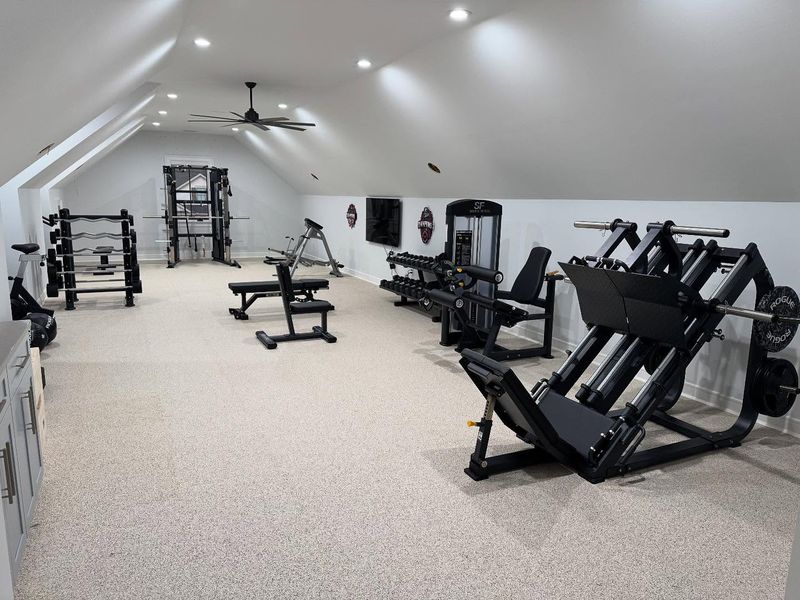
Dropping ten grand on commercial-grade fitness equipment for your spare bedroom rarely makes financial sense. Exercise trends change constantly, and that fancy elliptical might become tomorrow’s clothes hanger.
Most home gym equipment loses 70% of its value immediately after purchase. Future buyers might actually see your specialized gym room as a project they need to undo.
A simple set of adjustable weights and portable equipment offers better flexibility at a fraction of the cost.
4. Heated Towel Racks And Floors In Guest Baths
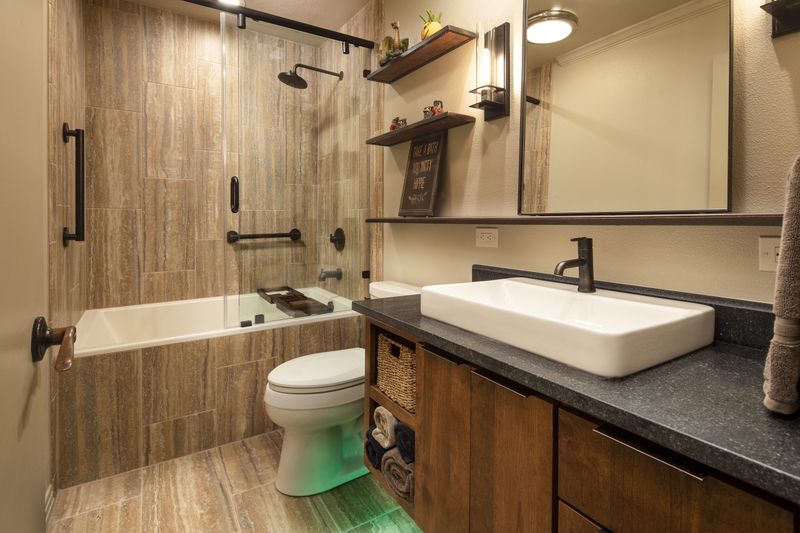
Guest bathrooms typically see minimal use, making luxury heating elements a spectacular waste of resources.
Those toasty floors and warm towels might feel amazing during occasional visits, but they’ll drain electricity year-round. Installation costs for these systems often exceed $5,000, yet they add almost zero resale value.
Your guests will be perfectly happy with clean, fresh towels from your linen closet instead of heated ones on a fancy rack.
5. Designer Light Fixtures Throughout
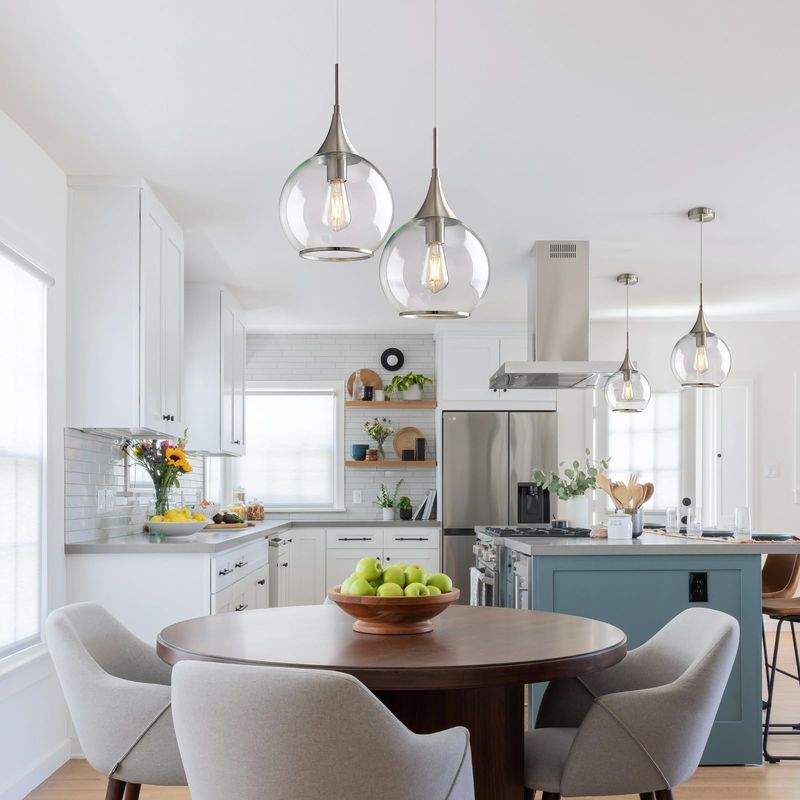
Lighting trends change faster than you can say “mid-century modern pendant lamp.” That $2,000 chandelier you love today might look hilariously outdated in five years.
Buyers rarely pay extra for your specific taste in lighting. Most new homeowners replace fixtures anyway to match their own style preferences.
Stick with quality but modestly priced lighting that illuminates spaces effectively without breaking your renovation budget.
6. Built-In Desks And Office Units
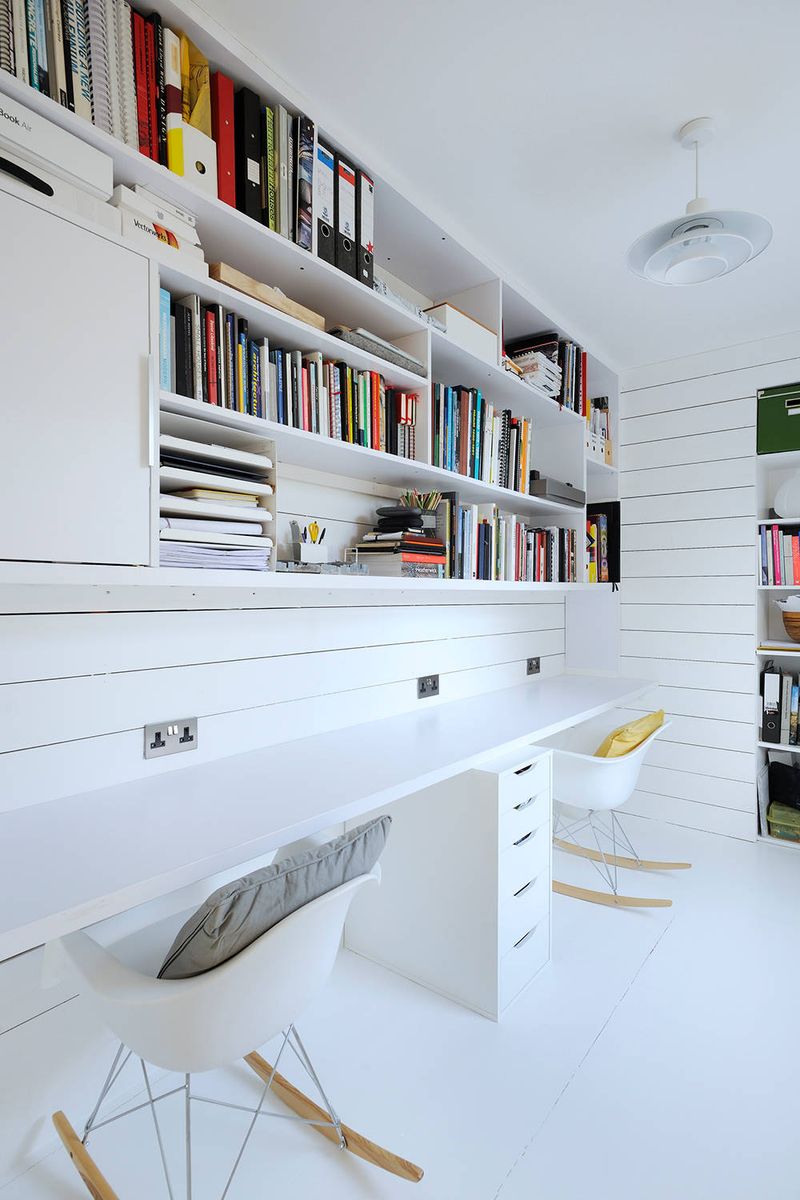
Custom built-in office furniture gets outdated quickly as technology evolves. That perfect desk built for your desktop computer becomes awkward when you switch to a laptop setup. Work habits change too.
The pandemic taught us that flexibility matters more than permanent solutions. Freestanding furniture adapts to changing needs without demolition costs.
Save thousands by choosing quality movable pieces that can relocate as your lifestyle evolves.
7. Wine Cellars Or Tasting Rooms
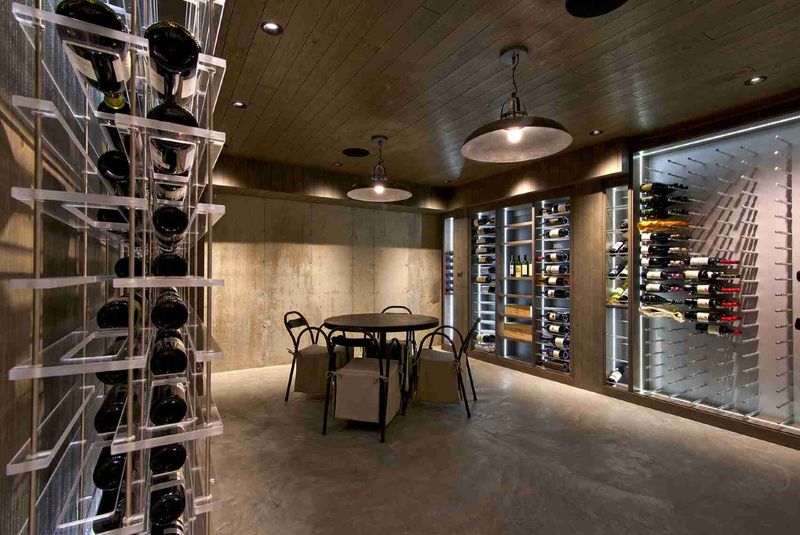
Unless you’re a serious collector with hundreds of bottles, dedicated wine storage spaces rarely justify their astronomical costs.
Temperature-controlled wine fridges provide the same benefits at a fraction of the price. Many homebuyers see wine rooms as wasted space they’ll need to repurpose.
The cooling systems require ongoing maintenance and energy expenses too. For occasional entertainers, a simple wine rack in the dining room works just fine without the pretentiousness.
8. Extensive Crown Molding Or Trim Work
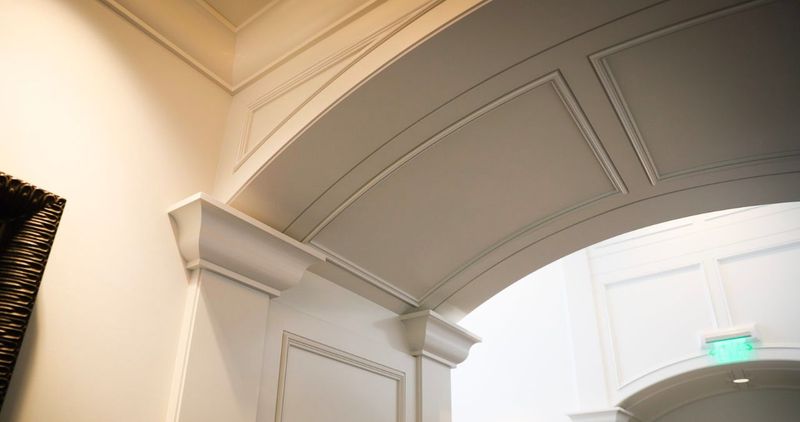
Ornate millwork throughout every room creates a dated, stuffy feeling that many modern buyers actively avoid. The installation labor alone can cost thousands before materials are even considered.
Cleaning all those dust-catching ledges becomes a maintenance nightmare too. Simple, clean lines have broader appeal in today’s market.
If you must have decorative molding, limit it to one or two formal areas instead of going overboard throughout the entire house.
9. Custom Kids’ Rooms Or Themed Spaces
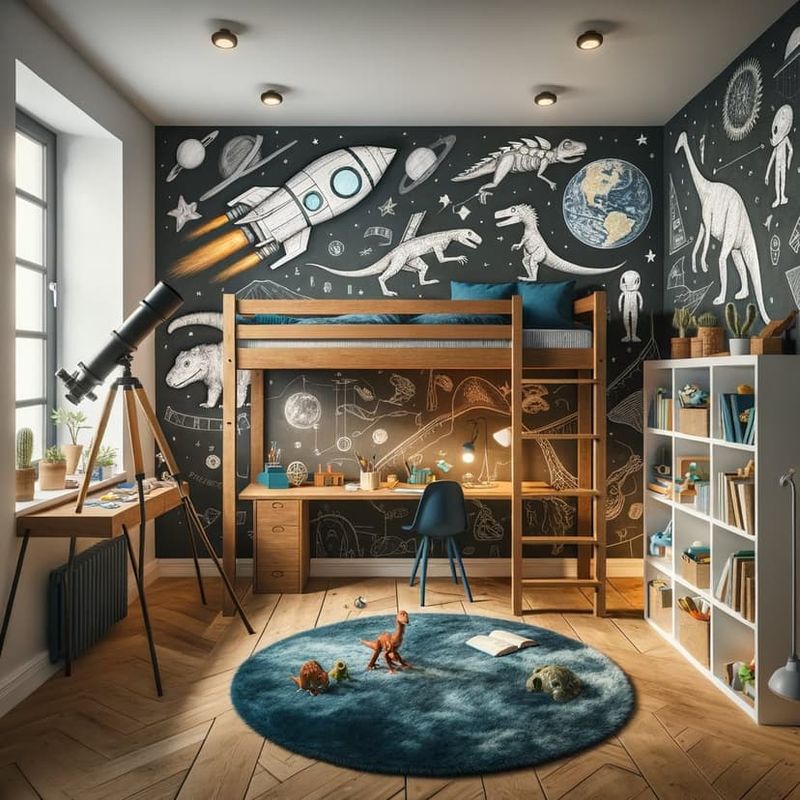
That $10,000 princess castle or spaceship bedroom might thrill your five-year-old today, but kids outgrow themes faster than they outgrow shoes.
You’ll likely need to redo the entire room in a few years when dinosaurs become “totally lame.” Future buyers with different-aged children or no kids at all will see themed rooms as immediate renovation projects.
Stick with quality furniture and neutral walls, then add personality through easy-to-change accessories and wall art.
10. Water Features Or Backyard Ponds
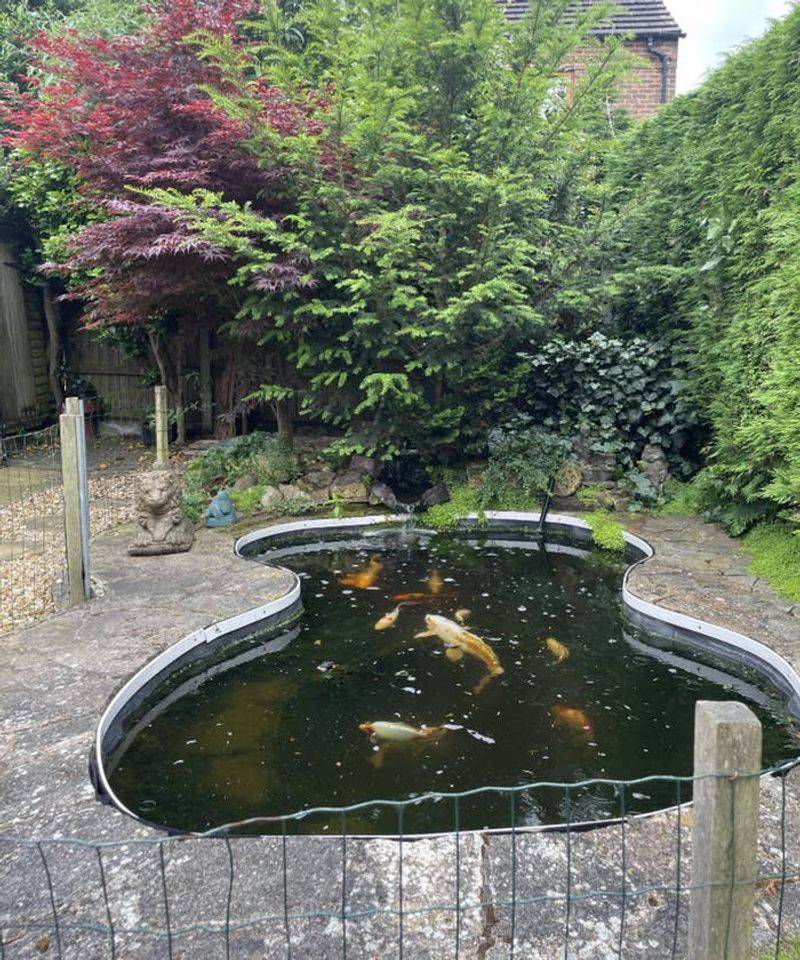
Outdoor water elements become money pits faster than you can say “algae bloom.” Pumps break, liners leak, and cleaning becomes a part-time job.
Many homeowners abandon maintenance after the first year. Mosquitoes love these standing water havens too. Safety concerns make ponds a liability for families with small children or pets.
A simple bird bath or fountain provides similar ambiance without the ongoing expenses and headaches of larger water installations.
11. Over-Customized Closet Systems
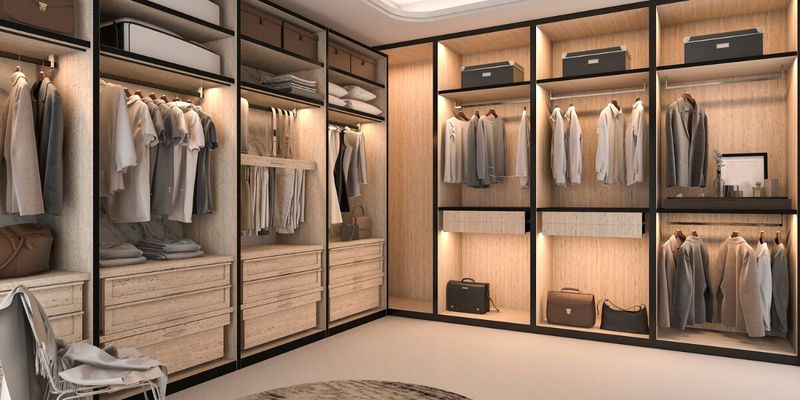
Built-in closet systems designed specifically for your current wardrobe become problematic when your clothing needs change.
That special section for your shoe collection becomes wasted space if your style preferences shift. Closet needs vary wildly between homeowners. What works perfectly for you might be completely wrong for future buyers.
Modular, adjustable systems offer similar organization benefits at lower costs while maintaining flexibility for changing storage needs.
12. Media Rooms With Built-In Tech
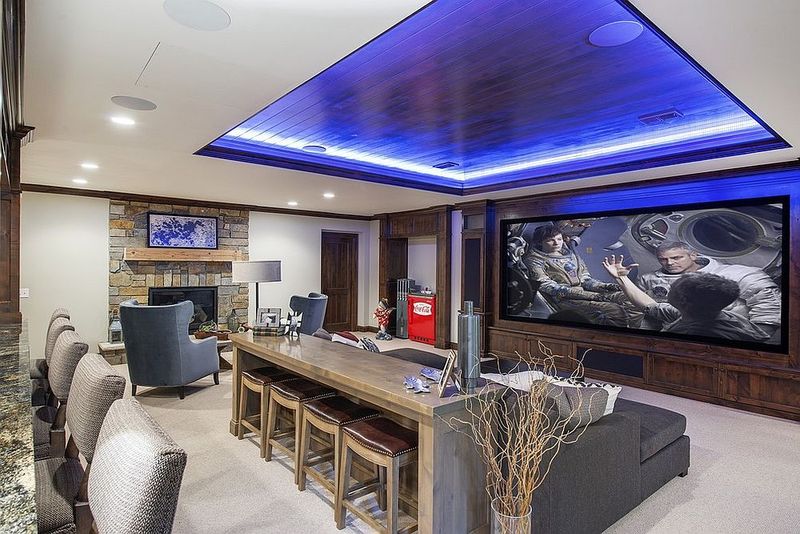
Technology evolves at lightning speed, making permanent installations obsolete almost immediately. Remember 3D TVs? Those built-in equipment racks designed for specific components become useless as formats change.
Wiring concealed in walls needs frequent updating as standards evolve. Projectors and speakers improve yearly while dropping in price.
Flexible furniture arrangements with easily updated tech components make much more sense than permanent installations that can’t adapt.
13. Pet Washing Stations
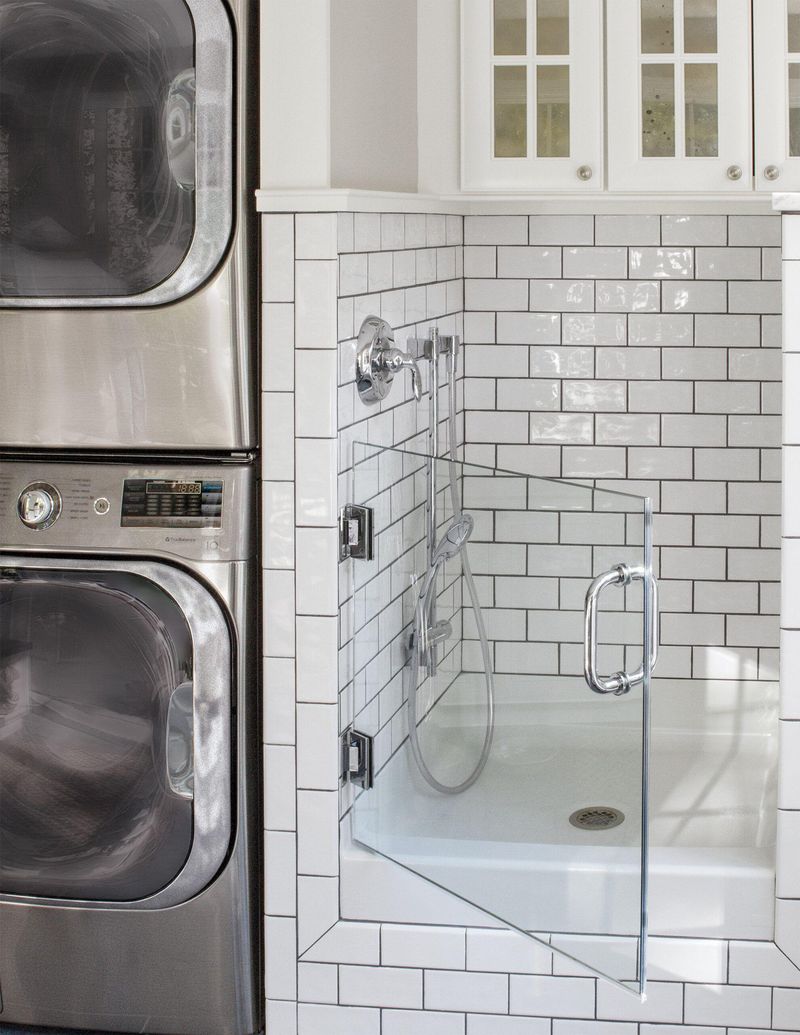
Fido might hate baths, but spending thousands on a dedicated pet washing area rarely makes financial sense. These specialized stations often sit unused while taking up valuable utility room space.
A removable sprayer attachment for your regular tub accomplishes the same task for under $50. Most potential buyers won’t pay extra for pet-specific features.
If you absolutely must have a dedicated spot for washing your furry friends, keep it simple and inexpensive.
14. Specialty Ceilings
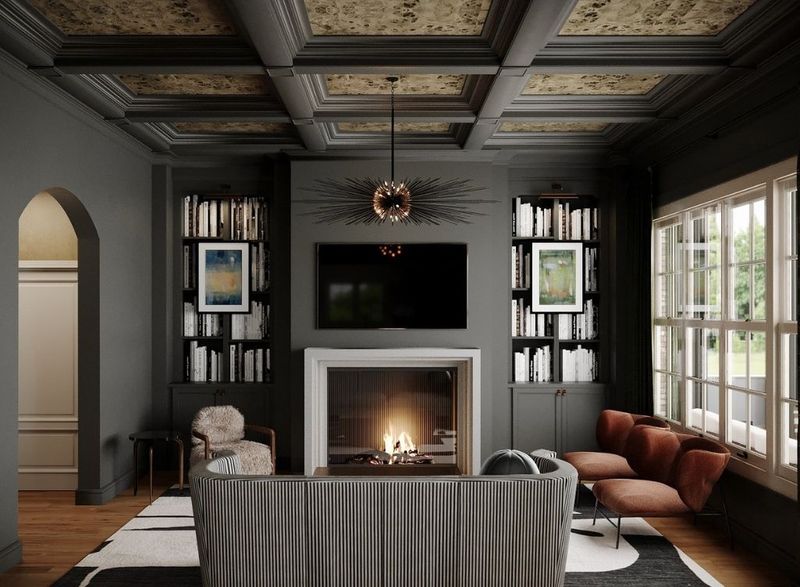
Coffered ceilings, extensive crown molding, and ornate medallions cost thousands but rarely increase home values proportionally. Installation requires specialized skills, driving labor costs through the roof (pun intended).
These decorative elements often look dated within a decade as design trends shift. They’re also incredibly difficult and expensive to change later.
A simple, well-executed paint job often creates more appeal than fussy ceiling details that limit future design flexibility.
15. Fancy Garage Makeovers
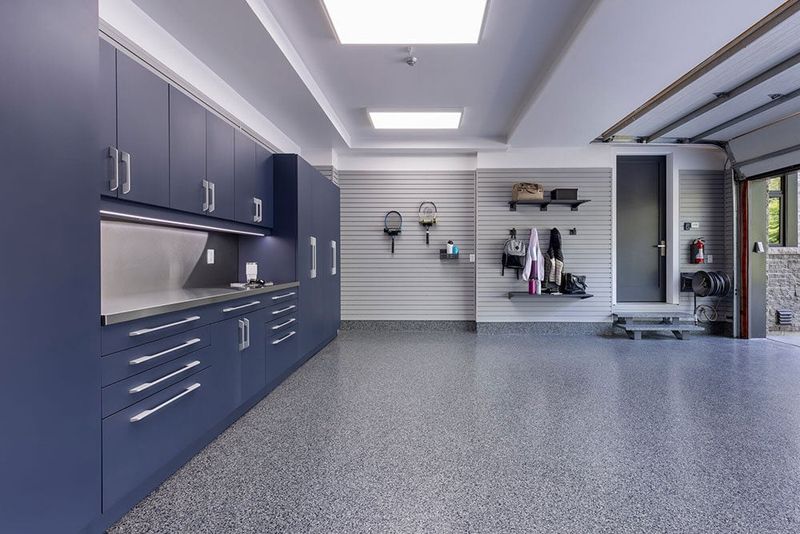
Epoxy floors, custom cabinetry, and climate control systems transform garages into showrooms, but at what cost? Most homeowners still use garages primarily for parking cars and storing holiday decorations, regardless of fancy finishes.
Oil drips and tire marks quickly damage those pristine surfaces anyway. Potential buyers rarely value garage upgrades enough to pay extra for them.
Basic organization systems and durable paint provide nearly the same functionality at a fraction of the price.
1. Indoor Swimming Pools
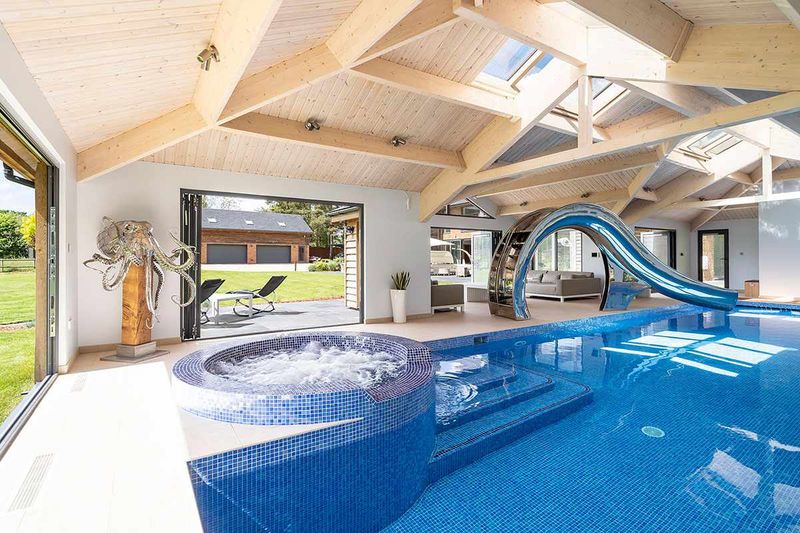
The ultimate money pit disguised as luxury! Indoor pools create humidity issues that can damage your home’s structure over time.
The chemical smell permeates everything, and heating costs will make your utility bills skyrocket. Maintenance never ends, and repairs cost small fortunes.
Many potential buyers actually see indoor pools as liabilities rather than assets. The space could serve many other purposes without the constant expense and worry about water damage.
2. Sunken Living Rooms
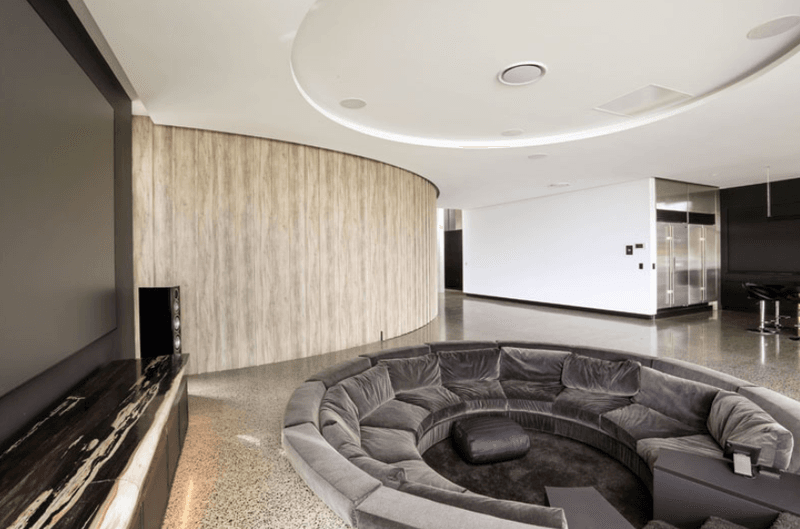
Architects in the 1970s loved these conversation pits, but they’ve become renovation nightmares today. The step-down design creates accessibility problems and serious safety hazards, especially for elderly visitors and young children.
Filling and leveling these spaces costs thousands. The unusual floor plan limits furniture arrangement options too.
Most buyers today prefer open, flexible spaces without architectural gimmicks that feel dated and impractical.
3. Removing Bedrooms For Open Concept
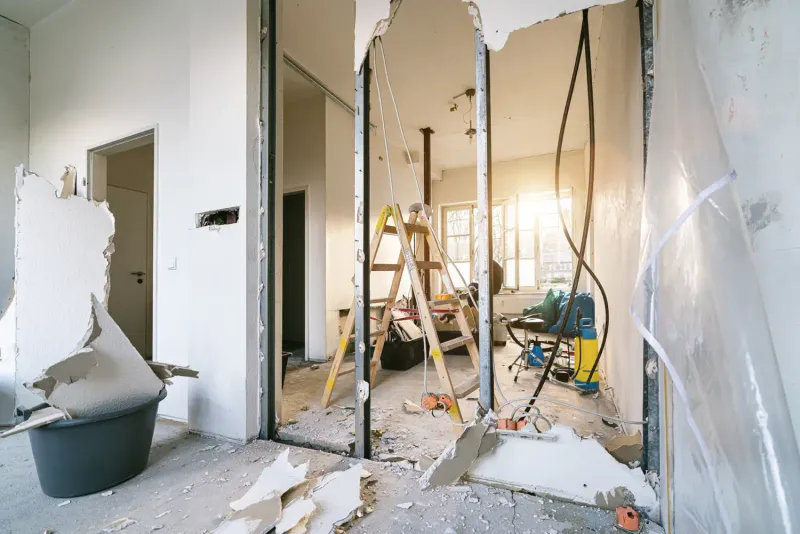
Knocking out walls might create that dreamy great room, but permanently reducing bedroom count significantly lowers your home’s market value.
Real estate pricing depends heavily on bedroom numbers, regardless of how beautifully open your space becomes. Families need private spaces as much as gathering areas.
Work-from-home trends have made extra bedrooms even more valuable as potential office spaces. Once those walls come down, rebuilding them later costs far more than the original demolition.
4. Converting A Garage Into Living Space
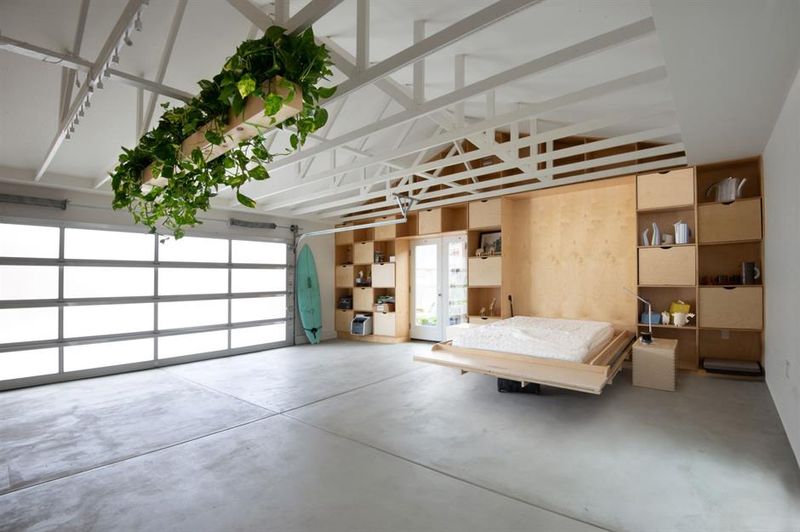
Transforming your garage into a game room or guest suite might seem clever until you’re parking in the driveway during snowstorms.
Most homebuyers expect garages for vehicle storage and will devalue properties without them. Conversion costs often exceed $15,000 when done properly with heating, cooling and proper insulation.
Return on investment typically hovers below 60% at resale time. Adding living space through traditional additions usually makes more financial sense despite higher initial costs.
5. Wall-To-Wall Carpeting In Every Room
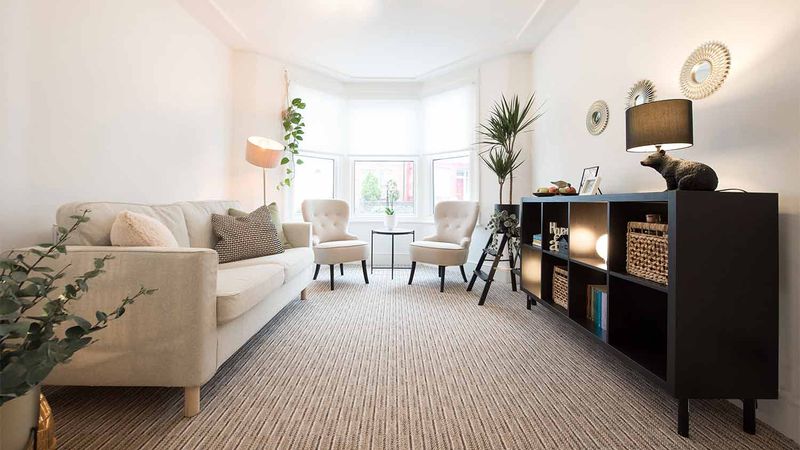
Covering your entire home in carpet creates immediate cleaning and maintenance headaches. Spills become permanent stains, pet accidents linger forever, and allergies worsen with trapped dust and dander.
Modern buyers actively avoid wall-to-wall carpet, especially in kitchens, bathrooms, and dining areas. Hardwood floors with area rugs provide similar comfort with much better resale value.
If you must have carpet, limit it to bedrooms where comfort matters more than practicality.

